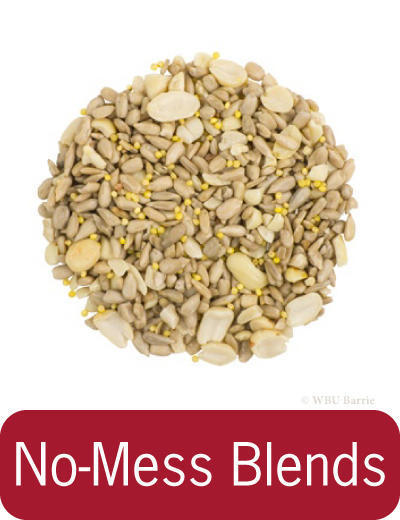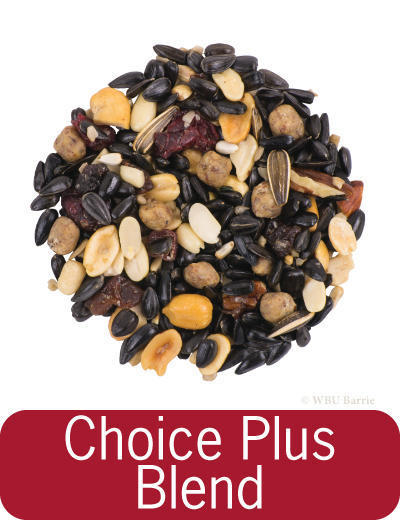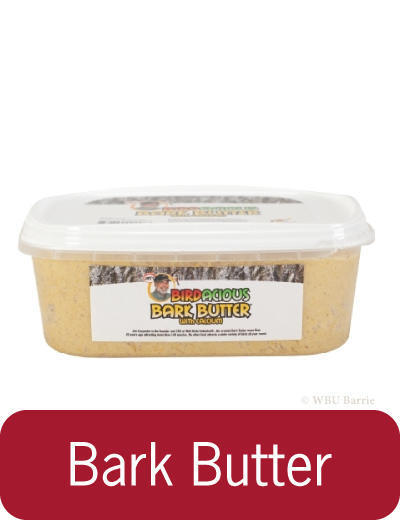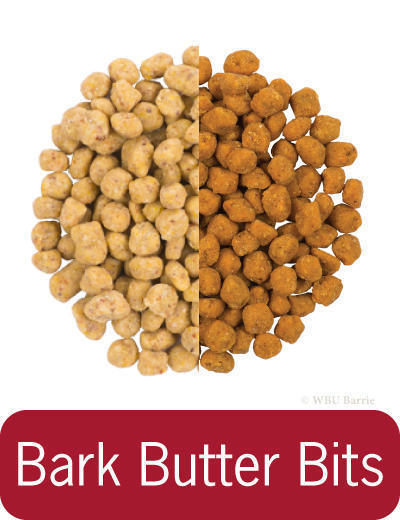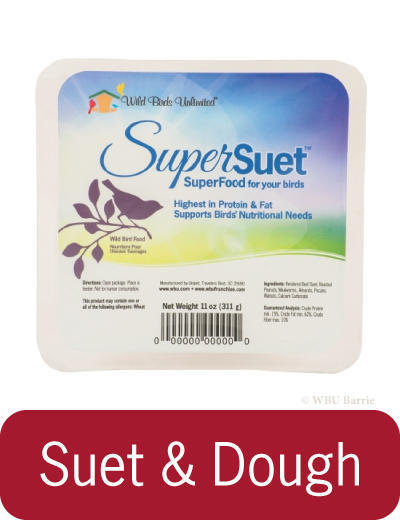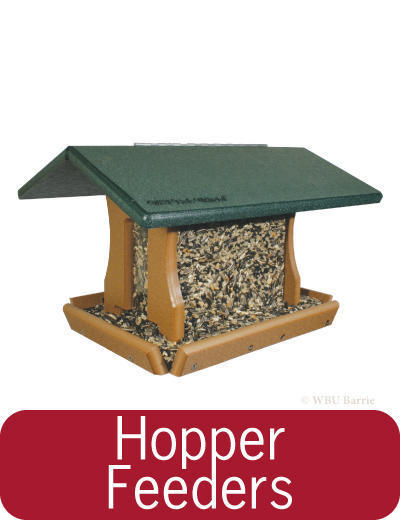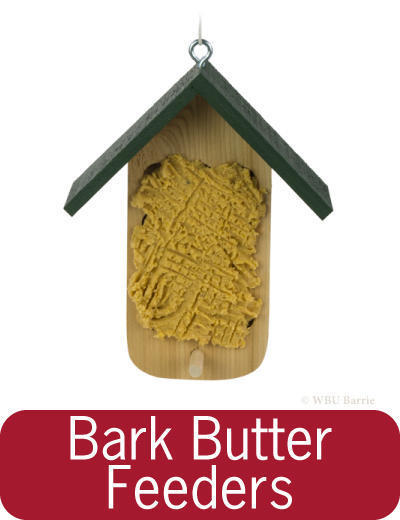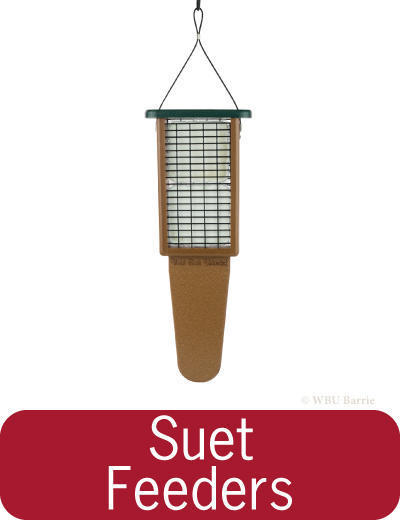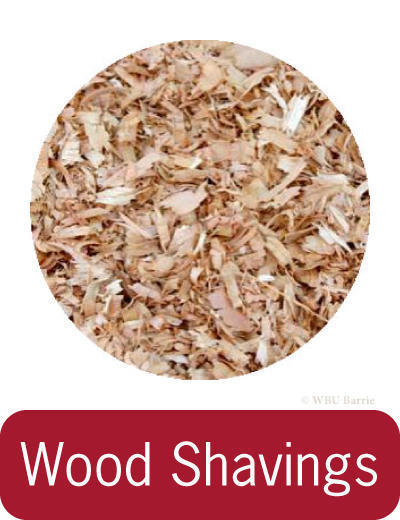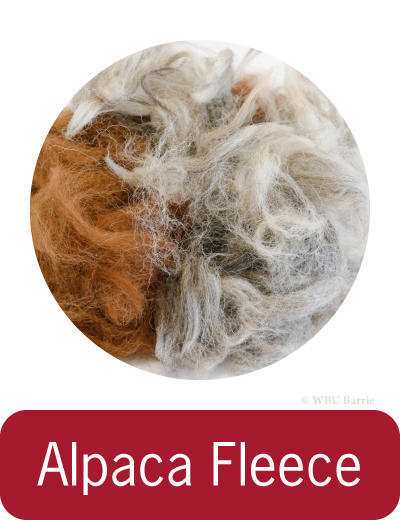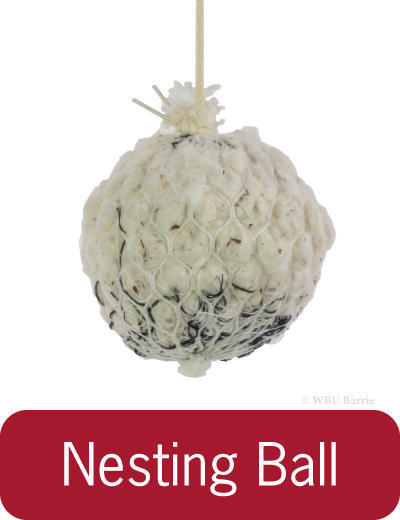Attracting Wrens to Your Backyard
What Do They Look Like?
 The Carolina Wren is a small but chunky bird with a round body and a long tail that it often cocks upward. The head is large with very little neck, and the distinctive bill marks it as a wren: long, slender, and down-curved.
The Carolina Wren is a small but chunky bird with a round body and a long tail that it often cocks upward. The head is large with very little neck, and the distinctive bill marks it as a wren: long, slender, and down-curved.
Both males and females are a bright, unpatterned reddish-brown above and warm buffy-orange below, with a long white eyebrow stripe, dark bill, and white chin and throat.
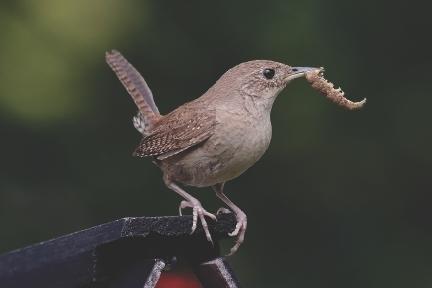 In comparison, the House Wren is small and compact, with a flat head and fairly long, down-curved beak. Short-winged, often keeping its longish tail either cocked above the line of the body or slightly drooped.
In comparison, the House Wren is small and compact, with a flat head and fairly long, down-curved beak. Short-winged, often keeping its longish tail either cocked above the line of the body or slightly drooped.
Subdued brown overall with darker barring on the wings and tail. The pale eyebrow that is characteristic of so many wren species is much fainter in House Wrens.
Do They Migrate:
The Carolina Wren is primarily a non-migratory, year-round resident throughout their range. House Wrens are migratory except for parts of Southern California. Breeding from Canada southward to the southern tip of South America, the House Wren has one of the largest ranges of any bird found in the New World.
Foods
In nature, both the Carolina and House Wren primarily eat insects and spiders, enjoying such things as caterpillars, earwigs, beetles, grasshoppers and caterpillars. Not a common feeder bird, you can attract Wrens to your backyard feeders with offerings such as suet, live mealworms, and Jim’s Birdacious® Bark Butter®.
Feeders
You can increase your chances of attracting Carolina Wrens to feeders by providing a brush pile close to your feeding area. They feel more secure with a place to seek refuge nearby.
Birdbaths (Water)
Water is essential to all birds and providing a bird bath means they don’t have to travel great distances to find water. Water in a bird bath should be cleaned regularly as birds defecate, leave bits of food and feathers in the bath, not to mention leaves and other items that can end up in a bath. In the winter, heated birdbaths provide an excellent place for birds to drink. During the warmer months the WBU Water Wigglers and Solar Fountains create moving water in your birdbath, making the bath even more attractive to birds. WBU Barrie carries a variety of plastic, metal and clay birdbaths and accessories, as well as heated birdbaths for the colder months. Visit our page on birdbaths for a selection of styles as well as accessories like brushes, solar fountains, water wigglers and Fountain Fresh Water Clarifier.
Nesting
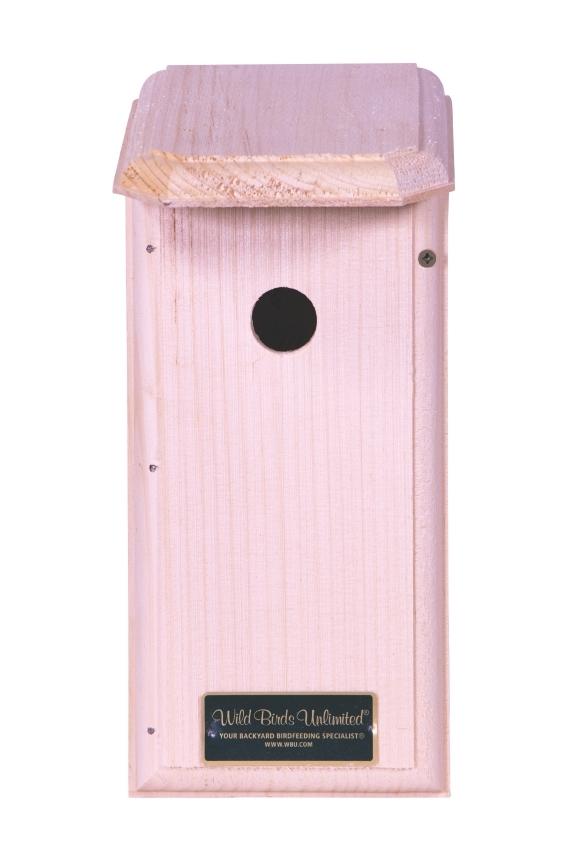 House Wrens nest in old wood-pecker holes, natural crevices and will readily take to nesting in bird houses (and just about anywhere else they can find). A male House Wren may lay claim to a nesting cavity by filling it with more than 400 small twigs. If the female likes what she sees, she will then take over, adding the nest cup and lining it with grass, inner bark, hair, and feathers. The stick-filled cavity of the House Wren nest provides “stilts” for the nest cup which allows rainwater to collect in the bottom of the nesting cavity without endangering the eggs or young. House Wrens are known for destroying the eggs or young of other birds nesting within 100 feet of their own nest. In some areas, this is the primary source of nesting failure for Prothonotary Warblers, Tree Swallows, chickadees, and bluebirds.
House Wrens nest in old wood-pecker holes, natural crevices and will readily take to nesting in bird houses (and just about anywhere else they can find). A male House Wren may lay claim to a nesting cavity by filling it with more than 400 small twigs. If the female likes what she sees, she will then take over, adding the nest cup and lining it with grass, inner bark, hair, and feathers. The stick-filled cavity of the House Wren nest provides “stilts” for the nest cup which allows rainwater to collect in the bottom of the nesting cavity without endangering the eggs or young. House Wrens are known for destroying the eggs or young of other birds nesting within 100 feet of their own nest. In some areas, this is the primary source of nesting failure for Prothonotary Warblers, Tree Swallows, chickadees, and bluebirds.
Carolina Wrens are open cavity nesters, preferring to be about 3–6 feet off the ground, In more urban settings, they're versatile nesters, and often make use of things such as discarded flowerpots, mailboxes, propane-tank covers, and a variety of other items, including in old coat pockets and boots. Less common in the Simcoe County area, they will use a man-made nest box when it meets their needs.
For House Wrens houses should be mounted 5-10 feet high near trees or tall shrubs. House Wrens are quite sociable and will accept nest boxes close to your house. Wren houses should be mounted with the entrance hold away from prevailing winds on a tree, fence post or on a pole WBU Advanced Pole System® (APS) Basic Setup Mounting Hardware (sold separately). Poles systems tend to offer the best protection from predators. It can also be hung using the WBU Hanging Cable.
Roosting Boxes (Shelter)

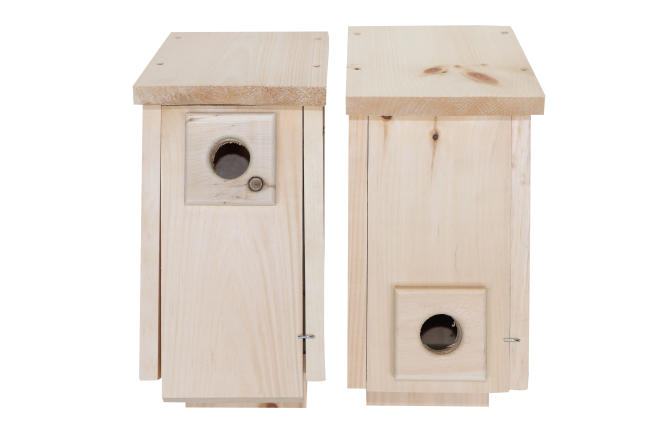 Wrens and other cavity dwelling birds seek shelter during cold nights of the winter months. Shelter is essential for their survival in harsh conditions. Roosting boxes provide shelter for birds on very cold nights. Roosting boxes differ from a typical bird house because they feature a hole on the bottom of the box to trap heat and three dowels on the inside of the house to accommodate multiple perching birds. At WBU Barrie we offer Convertible Winter Roosting boxes which can be flipped to convert it to a Wren house after the winter season.
Wrens and other cavity dwelling birds seek shelter during cold nights of the winter months. Shelter is essential for their survival in harsh conditions. Roosting boxes provide shelter for birds on very cold nights. Roosting boxes differ from a typical bird house because they feature a hole on the bottom of the box to trap heat and three dowels on the inside of the house to accommodate multiple perching birds. At WBU Barrie we offer Convertible Winter Roosting boxes which can be flipped to convert it to a Wren house after the winter season.
Nesting Material
To further entice Wrens to use a Nesting or Roosting Box, hang nesting material, such as Alpaca Fleece or our WBU Nesting Material Ball, to encourage them to take up residence in our yard, and will add to your viewing pleasure as they will spend more time in your yard gathering their nesting materials.
Fun Facts
-
A single male Carolina Wren can sing up to forty different songs – up to 3,000 times in a single day.
-
A pair bond may form between a male and a female Carolina Wren at any time of the year, and the pair will stay together for life. Members of a pair stay together on their territory year-round and forage and move around the territory together
-
A female Carolina Wren is unable to defend her territory alone if her mate dies, so she spends much of her time watching for predators as they forage together.
Learn More
Visit the pages below to learn even more:
- Lab of Ornithology at Cornell - All About Birds - Carolina Wren
- Lab of Ornithology at Cornell - All About Birds - House Wren


